Suncheon Wild Tea House (순천전통야생차체험관)
2019-10-16
450, Seonamsa-gil, Seungju-eup, Suncheon-si, Jeollanam-do
+82-61-789-4500
Suncheon Wild Tea house is a tea experience house. It is located on the road to Seonamsa Temple in Jogyesan Mountain. At the Suncheon Wild Tea House, visitors can experience the beauty and the composure of a traditional Korean style house while enjoying the delicate flavor and scent of tea surrounded by scent of pine trees. Available programs are darye (manners of tea drinking) experience, tea making, tea cookie tasting and education on tea ceremony.
Amsa Ecological Park (암사생태공원)
2017-01-12
83-66, Seonsa-ro, Gangdong-gu, Seoul
+82-2-3780-0501
Amsa Ecological Park (located in Amsa-dong) is a large scenic park with long winding trails passing by reeds and other beautiful plants of the Han River. It is here as well that visitors can watch the flight of Korea’s migratory birds. The Ecological Park is famous for its beautiful scenery and its lush groves of reeds and pussy willows growing alongside the natural riverside road. Wild roses, loosestrifes, and tiger lilies are in bloom from spring to fall and the observation deck gives visitors a beautiful view of Han River and the area’s wide variety of birds such as reed warblers, titmice, and swallows. The river basin and its surrounding stones are a great place to learn about nature and are home to various bugs such as beetles, river mayflies, big scarlet hairstreak butterflies, and other water insects.
The Amsa Ecological Park is located nearby Godeok River Side Ecological Park and the Bicycle Theme Park, making this particular area one of the most popular tourist attractions along the Han River.
Taehwagang River (태화강)
2020-09-05
Mugeo-dong, Nam-gu, Ulsan
+82-52-120
Taehwagang River cuts across the city of Ulsan from the west to east and originates from Tapgolsaem Spring on Baegunsan Mountain. The 47.54-kilometer-long river passes through downtown Ulsan and empties out into Ulsan Bay on the East Sea. Not just a symbol of pride for the people of Ulsan, the river has long since been a precious commodity that has played a pivotal role in Ulsan culture and history. There are several attractions and amenities near the river such as a bamboo forest park, grassy fields, a pampas grass colony, trails, and exercise facilities. The river itself is home to many freshwater fish, while the riverside area is a famous habitat for migratory birds.
Petroglyphs of Bangudae Terrace in Daegok-ri [UNESCO World Heritage] (울주 대곡리 반구대 암각화 [유네스코 세계유산])
2025-07-18
Daegok-ri, Eongyang-eup, Ulju-gun, Ulsan
In Daegok-ri, Eonyang-eup sits Bangudae Terrace, a picturesque spot where a ridge of Yeongosan Mountain extends to and stands tall to form quite a spectacle featuring uniquely shaped rocks and cliffs. The name, Bangudae, comes from how it resembles a turtle lying prone on the ground. Petroglyphs are paintings drawn by people from the prehistoric times carved on rocks and depicting various scenes and events in their daily lives. Petroglyphs were often drawn on enormous rocks and other sacred locations of groups, and it is believed that people gathered around them to hold various rituals.
Petroglyphs of Bangudae Terrace in Daegok-ri, Ulju-gun are estimated to have been drawn over several periods since the New Stone Age, and visitors can observe the differences in styles among various ages. Primary objects that were popularly carved include sea animals, land animals, humans and tools and, as our prehistoric ancestors actively engaged in hunting, the hope of abundance in game is believed to be the reason why these objects were frequently carved on rocks. Vividly expressing animals and hunting scenes and colorfully depicting outstanding traits of objects, these petroglyphs are a form of both hunting art and religious art, and they are considered as the greatest masterpieces that give a peek at the life and customs of the prehistoric ages. The petroglyphs on the Bangudae Terrace and the petroglyphs in Cheonjeon-ri, spanning three kilometers altogether along the Bangucheon Stream, have been inscribed on the UNESCO World Heritage List on July 12, 2025.
Gwaneumsa Temple (Jeju) (관음사(제주))
2025-04-01
660 Sallokbuk-ro, Jeju-si, Jeju-do
Gwaneumsa Temple is a historic Buddhist temple located about 650m up on the slopes of Hallasan Mountain. The road leading to the temple is exceptionally scenic, framed by cedar trees and adorned vibrant with chrysanthemum flowers, creating a striking yellow path. The temple grounds host siginificant structures such as the Cheonwangmun Gate, Daeungjeon Hall, and the Gwaneumgul Cave. For visitor convenience, the complex includes a café and a restaurant specializing in Buddhist temple cuisine. Additionally, the temple offers a templestay program, providing guests with a unique opportunity to engage in rest and meditation, embracing the tranquil solitude of the temple environment.
Yeongcheon Eunhaesa Temple (은해사 (영천))
2021-12-21
951, Cheongtong-ro, Yeongcheon-si, Gyeongsangbuk-do
+82-54-335-3318
Eunhaesa Temple, located on Palgongsan Mountain in Yeongcheon city, Gyeongsangbuk-do, is one of two major temples on the mountain along with Donghwasa Temple.
The temple was founded by Monk Hyecheol and was given the name Haeansa Temple in the first year of King Heondeok’s reign during the Silla Kingdom (AD 809), but was moved to the current site in the Joseon dynasty in 1546 (the first year of King Myeongjong). Upon its relocation, King Injong of Joseon dynasty was commemorated with a new lecture hall along with a memorial stone plaque where the king's umbilical cord was buried and sealed. It was then when the temple was also given its current name, Eunhaesa Temple.
The temple houses the main shrine, Bohwaru pavilion, Seolseondan Hall, Shimgeondang Hall, eight small hermitages, as well as Baegeungam Temple, Jungangam Temple, and a professional Buddhist education institution, the Eunhaesa Buddhist University. Eunhaesa Temple is home to a National Treasure, Geojoamyongsanjeon Hall, and Treasure, Baekheungamgeukrakjeon Hall. It also contains Treasure, the Sunidan Buddha Platform; Treasure, the Wunbuamcheongdongbosal Seated Buddha Statue; and Treasure, the Eunhaesa Temple Gwaebultaeng hanging Buddha picture. The area is also close to the Seongbu Museum, which exhibits cultural assets from Eunhaesa Temple and the neighboring areas, as well as popular tourist attractions such as Geukrakgul grotto of Jungangam temple (Hwaeomgul Grotto), Geondeul Rock, Manyeonsong Pine Tree, Ganggunsu Waters, and Anheungpokpo Falls of Gigiam Temple.
Samhwasa Temple (삼화사)
2020-03-27
584, Mureung-ro, Donghae-si, Gangwon-do
+82-33-534-7661
Samhwasa Temple is located near the entrance of the Mureung Valley of Dutasan Mountain in the City of Donghae, Gangwon Province. The one-thousand year old, small but historical temple falls under the supervision of Woljeongsa Temple. It was originally named “Geukryeondae” when built by monk Jijangyulsa during the eleventh year of Queen Seonseok of the Silla Kingdom (AD 642). In 864 it was renamed Samgongam by the chief monk, and during the reign of King Taejo of the Goryeo dynasty, it changed to the current name, Samhwasa Temple.
The temple houses the main shrine (also called Yaksajeon), Jeokkwangjeon, Beomjonggak pavilion, Geukrakjeon shrine, Birojeon shrine, Chilseongdan shrine, and Muhyanggak pavilion. The temple is also home to national treasures No. 1277 (three story stone pagoda) and No. 1292 (steel sitting Buddha statue).
Samhwasa Temple operates a school teaching Buddhism and offers temple stay programs providing a beautiful, serene experience of temple life.
Lotus Lantern International Meditation Center (연등국제선원)
2020-02-06
349-60, Ganghwadong-ro, Ganghwa-gun, Incheon
+82-32-937-7033
The Lotus Lantern International Meditation Center was founded in 1997 by Monk Wonmyoung as a site for foreigners to practice seon meditation.The center features five main buildings and a large garden area. The center is serviced by monks from various countries, including America, Switzerland, Russia, and other Asian countries. Foreigners can easily learn the practice of seon meditation by participating in the English lectures and short-term programs.
Seoul Hwagyesa Temple (화계사(서울))
2021-11-02
117, Hwagyesa-gil, Gangbuk-gu, Seoul
+82-2-902-2663
Hwagyesa Temple was built in 1522 (the seventeenth year of the reign of King Jungjong of the Joseon dynasty) by monk Shinwol, but was destroyed in a fire in 1618. It was rebuilt the following year, and expanded In 1866 through the efforts of Monks Yongseon and Beomun.
The temple also has various templestay programs for visitors. Hwagyesa Temple is located not too far from the city but also provides a natural environment.
Sebang Sunset Observatory (세방낙조 전망대)
2021-07-27
Jisan-myeon, Jindo-gun, Jeollanam-do
+82-61-540-6754
The scenery viewed from Sebang Sunset Observatory is thought to be one of the most beautiful scenes along the coast of Jindo Island. Visitors can see the beautiful red sunset just like a painting filling the sky between islands. Weather Central picked this site as the best sunset observing spot in the southernmost part of the Korean peninsula. Driving on the road offers views of breathtaking islands with a lot of forests and fresh air.
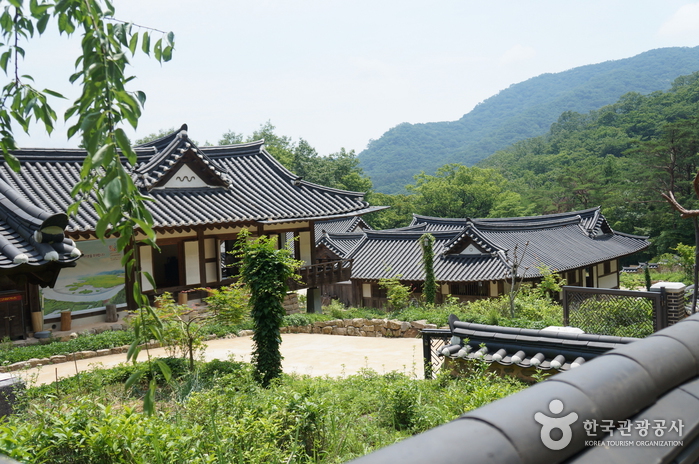
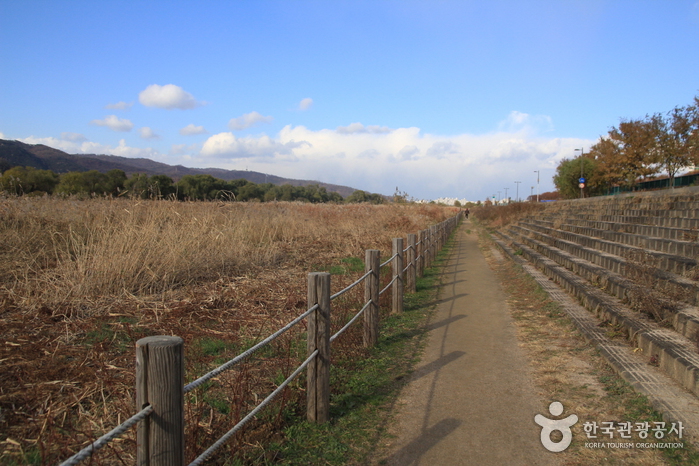
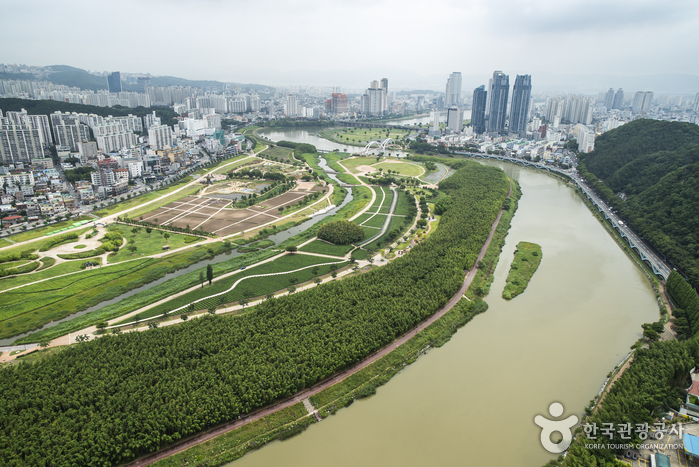
![Petroglyphs of Bangudae Terrace in Daegok-ri [UNESCO World Heritage] (울주 대곡리 반구대 암각화 [유네스코 세계유산])](http://tong.visitkorea.or.kr/cms/resource/29/2675629_image2_1.jpg)
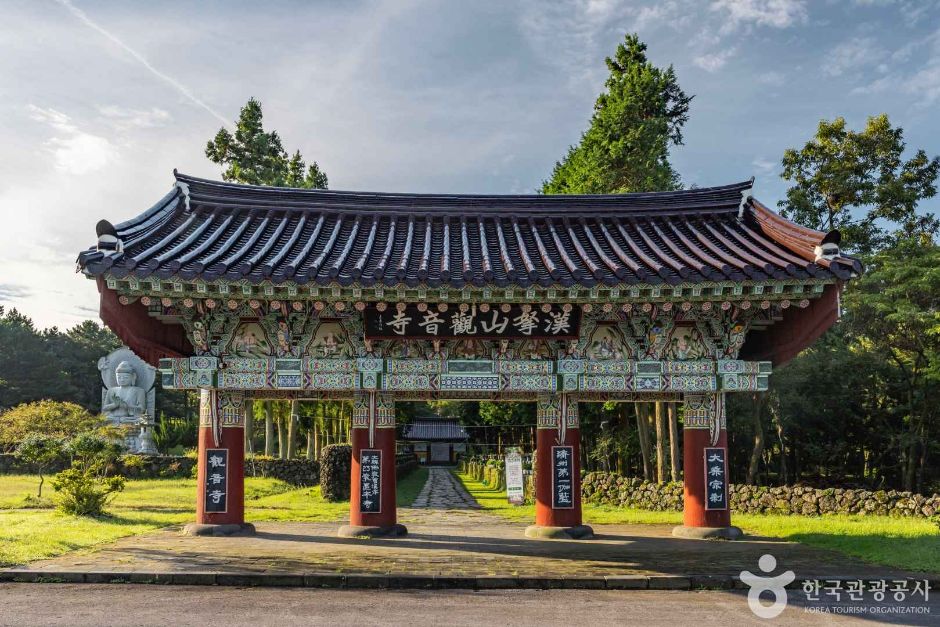
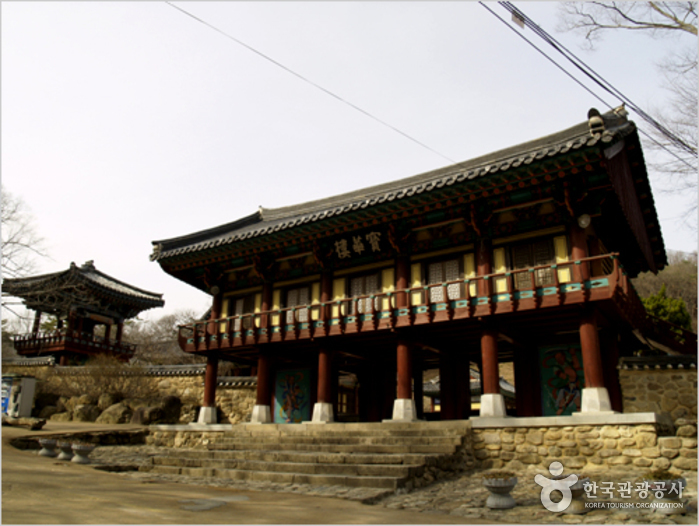
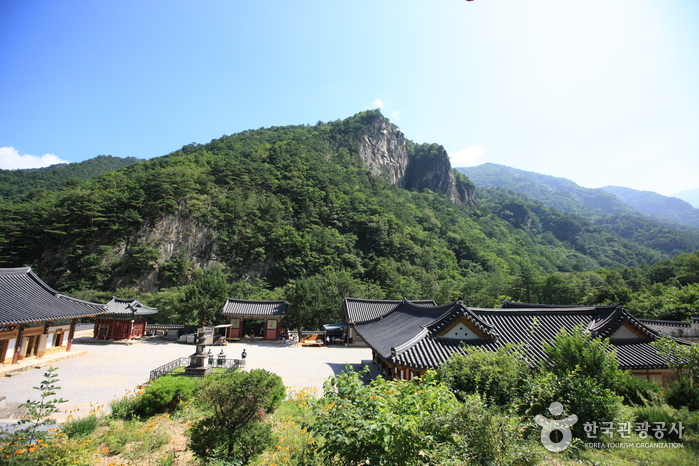
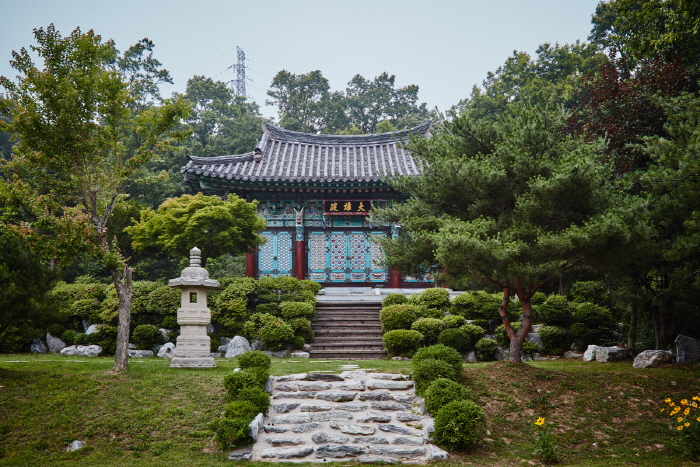
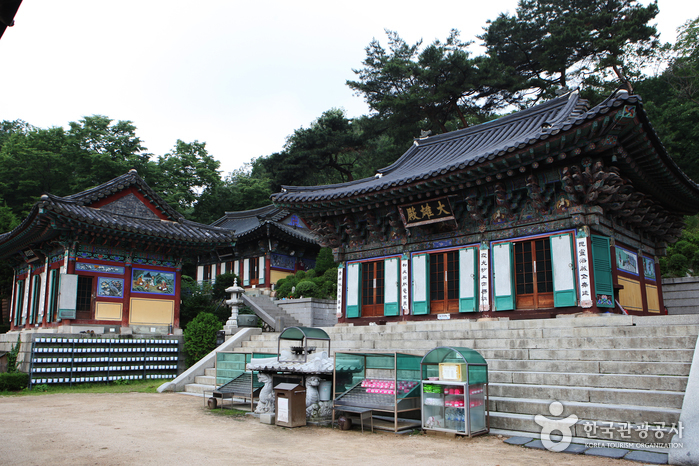

 English
English
 한국어
한국어 日本語
日本語 中文(简体)
中文(简体) Deutsch
Deutsch Français
Français Español
Español Русский
Русский